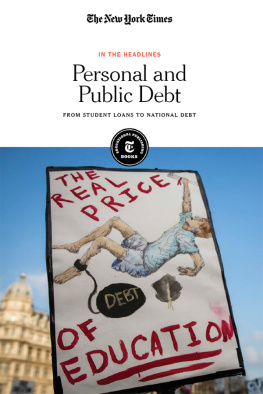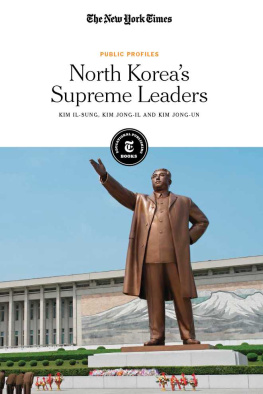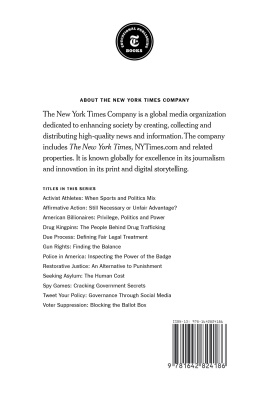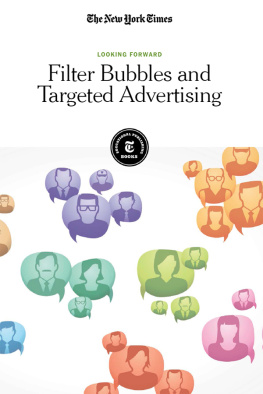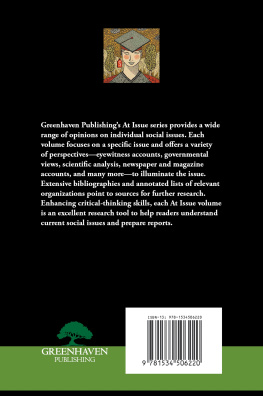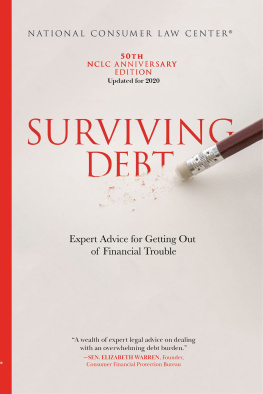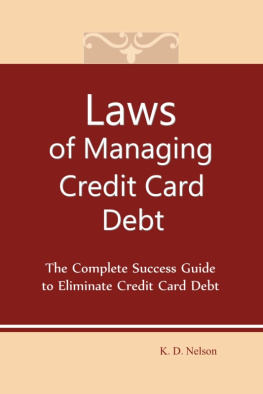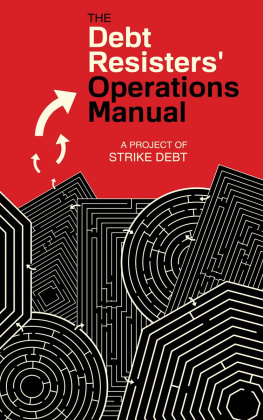Published in 2020 by New York Times Educational Publishing in association with The Rosen Publishing Group, Inc. 29 East 21st Street, New York, NY 10010
Contains material from The New York Times and is reprinted by permission. Copyright 2020 The New York Times. All rights reserved.
Rosen Publishing materials copyright 2020 The Rosen Publishing Group, Inc. All rights reserved. Distributed exclusively by Rosen Publishing.
First Edition
The New York Times
Alex Ward: Editorial Director, Book Development
Phyllis Collazo: Photo Rights/Permissions Editor
Heidi Giovine: Administrative Manager
Rosen Publishing
Megan Kellerman: Managing Editor
Greg Tucker: Creative Director
Brian Garvey: Art Director
Cataloging-in-Publication Data
Names: New York Times Company.
Title: Personal and public debt: from student loans to national debt / edited by the New York Times editorial staff.
Description: New York : New York Times Educational Publishing, 2020. | Series: In the headlines | Includes glossary and index.
Identifiers: ISBN 9781642822151 (library bound) | ISBN 9781642822144 (pbk.) | ISBN 9781642822168 (ebook)
Subjects: LCSH: DebtJuvenile literature. | Debts, PublicUnited StatesJuvenile literature. | Student loansUnited StatesJuvenile literature. | Consumer creditJuvenile literature.
Classification: LCC HJ8101.P477 2020 | DDC 332.743dc23
Manufactured in the United States of America
On the cover: Student loan debt sparks protest, Nov. 19, 2014; Rob Stothard/Stringer/Getty Images.
Introduction
THE UNITED STATES is in debt. From the hefty student loans of individual college graduates to the national debt of the country as a whole, debt is a facet of American life. But what exactly does that mean? Is it simply a lack of fiscal responsibility, or are there good reasons to go into debt?
In 2019, student loan debt reached its peak at around $1.5 trillion dollars a total higher than credit card debt and second only to mortgage debt. With government and private loans available to young, financially inexperienced borrowers, its understandable how this category of debt could swell to such heights. Students hope to invest in higher education now so they can qualify for good jobs in their chosen fields later, but the reality is that regardless of the job market, college graduates often leave school with a negative net worth. This means they can struggle to meet minimum income-based repayments, if theyre able to sign up for such repayment programs, and their credit and livelihoods are at risk from the beginning of their adult lives. Whats more, unlike other kinds of debt, student loan balances cannot be discharged in bankruptcy, which means it can be especially problematic for those who are deep in debt.
Debt from medical bills, on the other hand, is one of the most common forms of debt cited in bankruptcy, which is a court-ordered legal status designated to individuals or collective entities that cannot repay their debts. Medical billing can be confusing, and hospitals and other medical centers often leave debt collection to outside agencies. Because health care costs are not standardized collection can be done by a third party and medical debt can be bought and sold there is significant room for error when it comes to determining what patients actually owe. Those without insurance are certainly the most vulnerable to medical debt should they face significant illness or injury, but even those with insurance can find themselves at the mercy of medical debt, drastically changing their lifestyles to accommodate health care costs. The Affordable Care Act of 2010 sought to expand Medicaid programs for low-income adults, make health insurance more affordable and generally lower health care costs. While it has been somewhat successful, medical debt remains a huge issue for Americans across all demographics.
Housing debt and consumer debt are also widespread issues. Mortgages are loans that allow people to become homeowners and pay down the cost of their home over a number of years, but when other higher costs of living or unforeseen expenses come up, homeowners can end up in significant housing debt. They might take out home equity loans or refinance in order to take care of those other expenses, which can result in them owing more money than the value of their home. Or they might cover other costs with credit cards and go into further debt. Credit card debt affects millions of people, homeowners or not, as consumers roll balances from month to month, transfer balances between cards and struggle to make minimum monthly payments.
With so many kinds of personal debt, collection agencies have become a veritable industry. Collection practices vary widely, and unfortunately stories of abusive tactics are common. Loan service providers or third party collection agencies have been known to call borrowers multiple times a day, mislead borrowers on their financial options and even quietly sell a borrowers debt to another entity without informing the indebted person. Even trying to work with a collection agency to pay off debt can be difficult, as paperwork goes missing or requests are ignored.
As individuals struggle with personal debt, American corporations have their own to contend with. After the financial crisis of 2008, the Federal Reserve Board worked to stimulate economic recovery, in part by offering low-interest rate loans to corporate entities. While this proved effective in the decade since, the bubble of corporate debt has greatly expanded, causing concern for the future value of corporate entities and what their debt burdens could mean for the economy.

Americans amount of revolving credit, made up mostly of credit card debt, hit a record in November 2017: $1.023 trillion.
Finally, the national debt involves the debt incurred by the United States as a country. It includes the federal deficit, which is debt specific to a single fiscal year, and is what the federal government owes both the public and other agencies. Despite the high debt the U.S. government owes, going into 2019, the economy seemed relatively healthy, so many have argued that paying down the national debt does not need to be prioritized. However, others worry that we have not learned all we needed to from the 2008 crisis and that another recession may be possible.
CHAPTER 1
The Student Loan Debt Crisis
Student loan debt is one of the most significant debt crises of our time. It can set young borrowers back financially for decades, due to high interest rates and uncertain job prospects depending on their chosen field. It can affect older demographics, such as retirees who find their Social Security payments garnished to repay old debts. Loan service providers have been found to mislead their borrowers and engage in abusive collection tactics. Private loans can be bought and sold to different companies, causing confusion and repayment issues. Sometimes even loan forgiveness or paying off student loan debt can cause distress or credit issues for borrowers.
Student Debt Slows Growth as Young Spend Less
BY ANNIE LOWREY | MAY 10, 2013
THE ANEMIC ECONOMY

